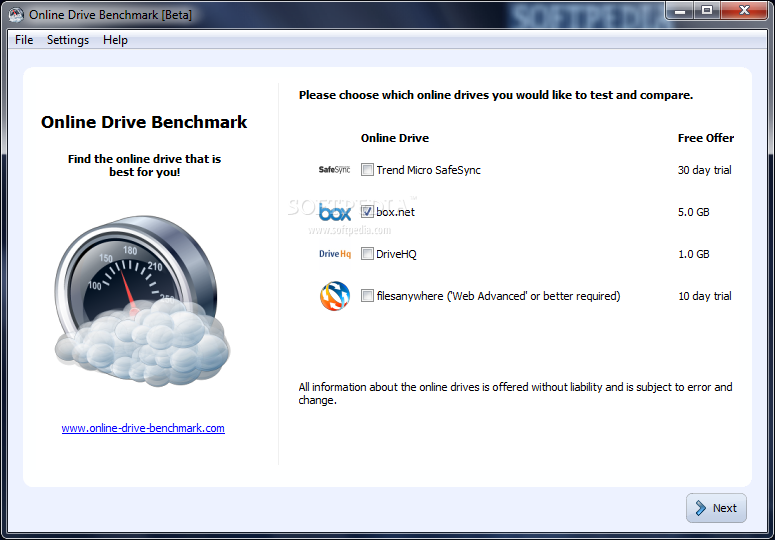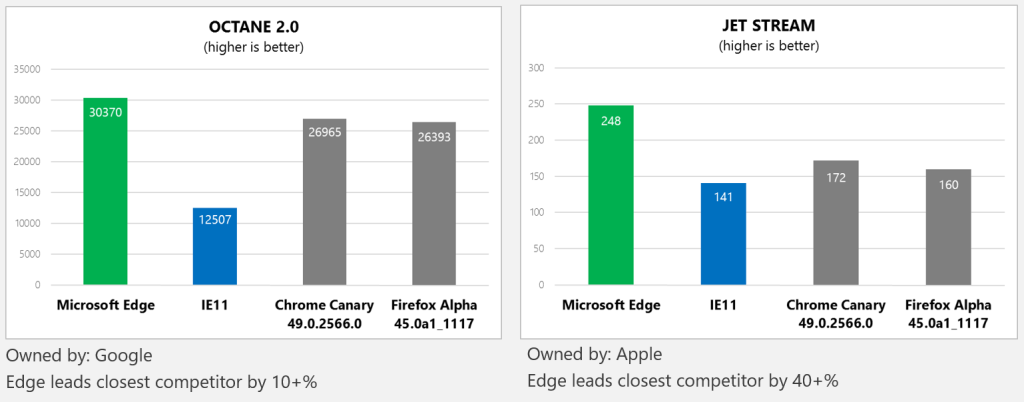
Google’s new initiatives on AMP and Facebook’s Instant Article technology are in fact ways to address all the above.
#TESTDRIVE BROWSER BENCHMARK CODE#
There are many factors that determine the performance of a site: server capacity, proximity to the user, the use of server caching, database cache, CDN, compression, network routes, and the cleanliness of the code that’s executed. Performance can make a huge difference once content quality is there. And since it matters to users, search engine have made speed a ranking factor… which in turn can attract more users. Since users want a fast Internet and speedy sites, site owners also do. In addition, the performance of the site leaves a memory: when a site is consistently slow we remember it and tend not to visit it again. Slow websites frustrate users: they leave before consuming the content, or they consume less than they otherwise would. Whether we are on a mobile device or a desktop, when accessing a website one of the basic requirements we expect is for the site to load fast and to respond quickly to our requests.

Users and site owners want a fast Internet

In this post we provide an outline of what Argo does and the results of our test drive. One of the new features recently introduced is Argo, which provides smart routing, and promises to improve performance one step further. The ability to add caching, offload the origin server to lower load and improve server response time, benefit from robust DNS, auto-optimize images with WebP and AMP format, plus the added security of a web application firewall: Cloudflare plans simplify the life of site owners. If you’ve read other posts we publish on web performance you noticed we are big fans of Cloudflare.


 0 kommentar(er)
0 kommentar(er)
